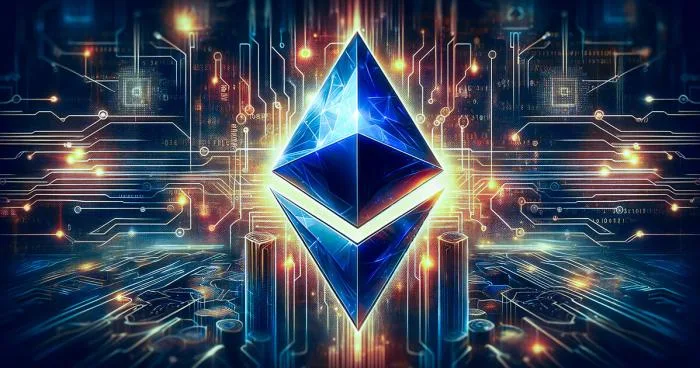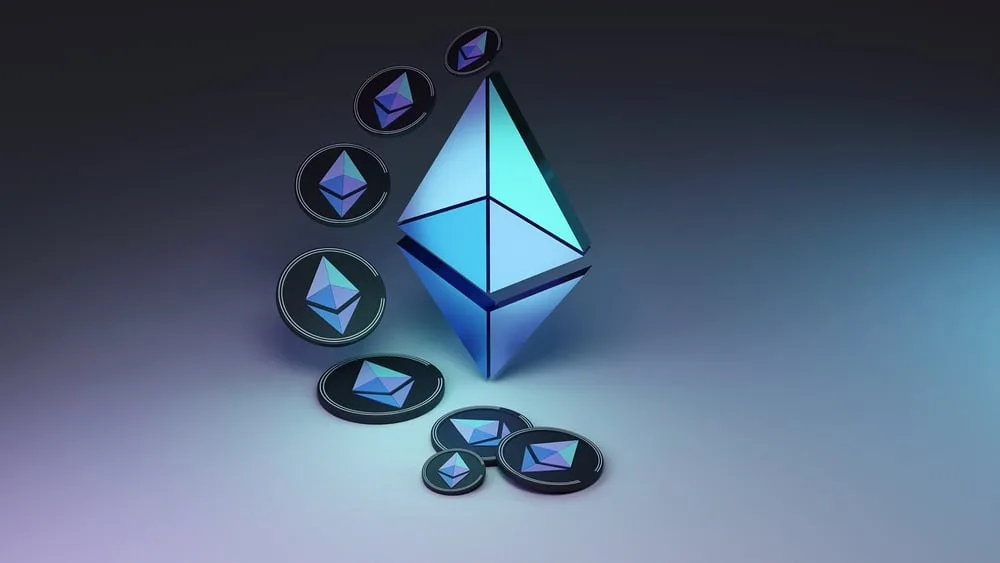Ethereum’s Future: Ethereum co-founder Vitalik Buterin and the Ethereum Foundation are exploring ways to reduce Ethereum’s maximum block size to optimize the blockchain for the “rollup-centric roadmap.” Dive into Buterin’s groundbreaking solutions to enhance network efficiency and security while overcoming potential challenges.
Introduction

In the dynamic landscape of cryptocurrency, Ethereum stands as a pioneering force, constantly evolving under the visionary leadership of co-founder Vitalik Buterin and the Ethereum Foundation. As the platform continues to scale and adapt, recent discussions have centered around optimizing Ethereum’s blockchain for a “rollup-centric roadmap.” Vitalik Buterin, along with Ethereum Foundation researcher Toni Wahrstätter, has unveiled a series of innovative proposals aimed at enhancing Ethereum’s efficiency and security. Let’s delve into these groundbreaking solutions and their implications for Ethereum’s future.
Ethereum co-founder Vitalik Buterin and the Ethereum Foundation are exploring ways to reduce Ethereum’s maximum block size to optimize the blockchain for the “rollup-centric roadmap.”
Buterin’s Visionary Solutions
1. Increasing Calldata Cost for Enhanced Block Size Management
2. Balancing Gas Costs to Maintain Blockchain Stability
3. Implementing Calldata Per Block Cap for Improved Data Availability
4. Establishing a Separate Calldata Fee Market for Dynamic Gas Limit Adjustments
5. Introducing an “EVM Loyalty Bonus” to Support Calldata-Intensive Applications
Buterin’s Visionary Solutions

Ethereum co-founder Vitalik Buterin and the Ethereum Foundation are exploring ways to reduce Ethereum’s maximum block size to optimize the blockchain for the “rollup-centric roadmap.”
1. Increasing Calldata Cost for Enhanced Block Size Management
Vitalik Buterin’s first proposal revolves around adjusting the calldata cost within Ethereum’s ecosystem. By increasing the calldata cost from 16 to 42 gas, Buterin aims to reduce the maximum block size, allowing for more data blobs in the future. However, this approach raises concerns regarding its potential impact on applications like StarkNet, which heavily rely on large calldata for on-chain proofs.
2. Balancing Gas Costs to Maintain Blockchain Stability
Another solution proposed by Buterin involves a meticulous balancing act within Ethereum’s gas costs. By increasing calldata costs while simultaneously decreasing other opcode costs, the goal is to maintain equilibrium within the blockchain’s operational framework. This strategic adjustment seeks to optimize efficiency without destabilizing the network.
3. Implementing Calldata Per Block Cap for Improved Data Availability
In a bid to enhance data availability on Ethereum’s blockchain, Buterin suggests the implementation of a calldata per block cap. While this measure could potentially discourage excessive calldata usage, it aims to ensure a more sustainable and accessible data ecosystem within the Ethereum network.
4. Establishing a Separate Calldata Fee Market for Dynamic Gas Limit Adjustments
A novel proposal put forth by Buterin involves the creation of a separate calldata fee market. This market mechanism would allow for dynamic adjustments to gas limits based on demand, providing a flexible solution to optimize Ethereum’s blockchain while addressing evolving network requirements. However, the introduction of such complexity warrants careful consideration of its implementation.
5. Introducing an “EVM Loyalty Bonus” to Support Calldata-Intensive Applications
Recognizing the significance of calldata-intensive applications within Ethereum’s ecosystem, Buterin suggests the introduction of an “EVM loyalty bonus.” This incentive mechanism aims to compensate applications that heavily rely on calldata, ensuring their continued viability and contribution to Ethereum’s growth. However, the practicalities and intricacies of implementing such a bonus require thorough examination.
FAQs
Q: How do Vitalik Buterin’s proposals aim to optimize Ethereum’s blockchain?
Vitalik Buterin’s proposals focus on reducing Ethereum’s maximum block size and incentivizing efficient data usage to optimize the blockchain for the “rollup-centric roadmap.”
Q: What challenges do Buterin’s proposals pose for applications like StarkNet?
Buterin’s proposals, particularly the increase in calldata cost, may negatively impact applications like StarkNet, which rely on large calldata for on-chain proofs.
Q: How does Buterin plan to maintain blockchain stability while adjusting gas costs?
Buterin proposes to balance gas costs by increasing calldata costs while decreasing other opcode costs, ensuring stability within Ethereum’s blockchain ecosystem.
Q: What is the purpose of implementing a calldata per block cap?
The implementation of a calldata per block cap aims to enhance data availability on Ethereum’s blockchain while discouraging excessive calldata usage.
Q: How would a separate calldata fee market impact Ethereum’s gas limits?
A separate calldata fee market would allow for dynamic gas limit adjustments based on demand, providing flexibility to optimize Ethereum’s blockchain infrastructure.
Q: What is the significance of the “EVM loyalty bonus” proposed by Buterin?
The “EVM loyalty bonus” aims to compensate calldata-intensive applications, ensuring their continued support and contribution to Ethereum’s ecosystem.
Conclusion on Ethereum’s Future

As Ethereum co-founder Vitalik Buterin and the Ethereum Foundation embark on this journey to optimize Ethereum’s blockchain for the “rollup-centric roadmap,” their visionary proposals signify a bold step towards the platform’s evolution. By addressing critical challenges and pioneering innovative solutions, Buterin underscores Ethereum’s commitment to scalability, security, and sustainability. As these proposals unfold, the Ethereum community eagerly anticipates the transformative impact they will have on the future of decentralized finance and beyond.
For more info visit Ecrox Coin and also check out Ecorx Launchpad.


